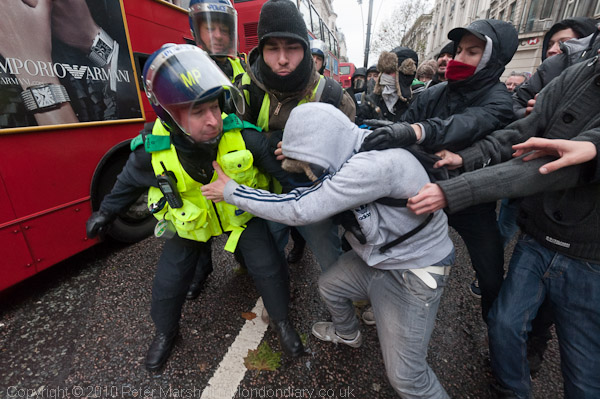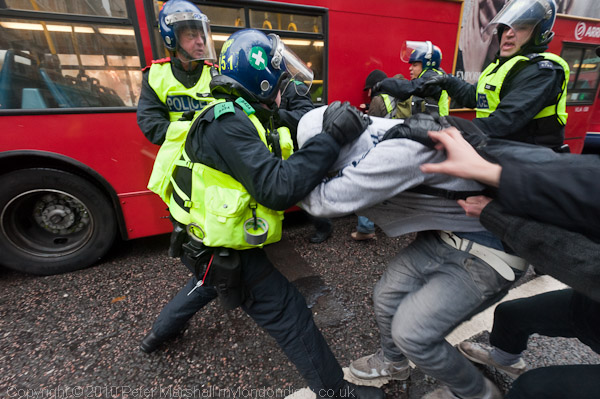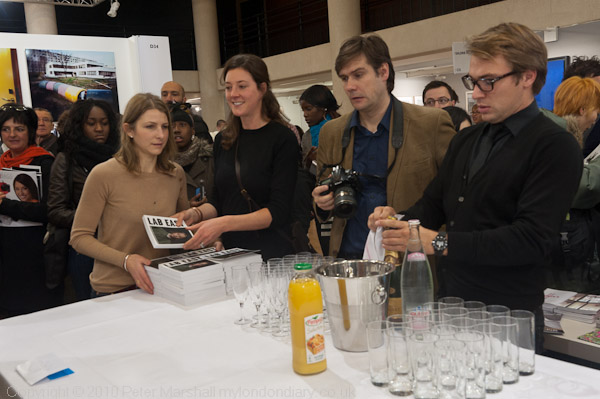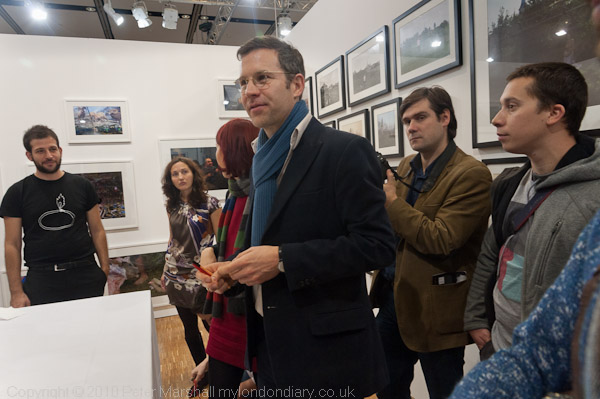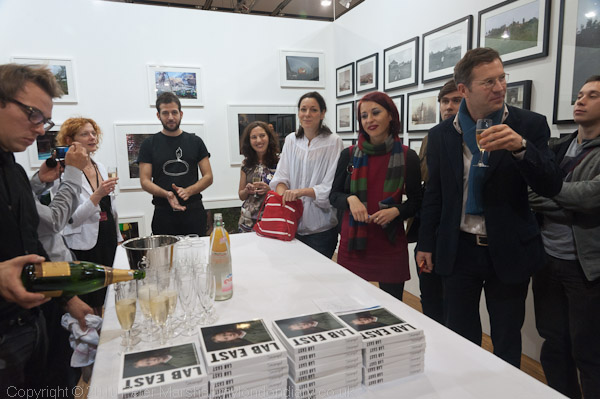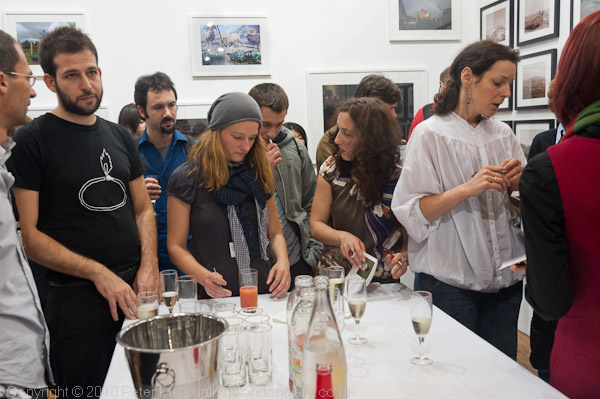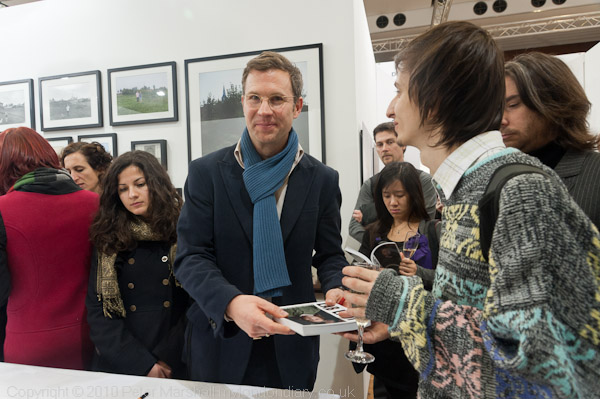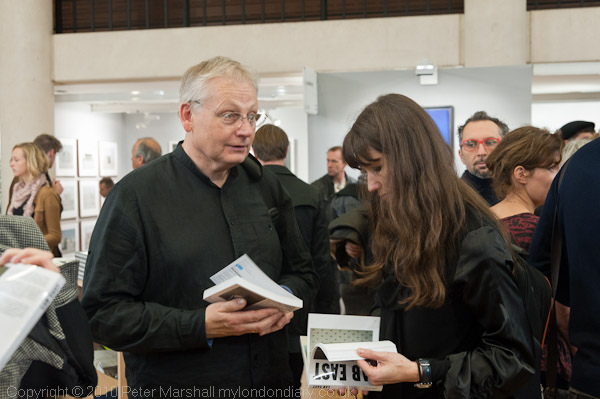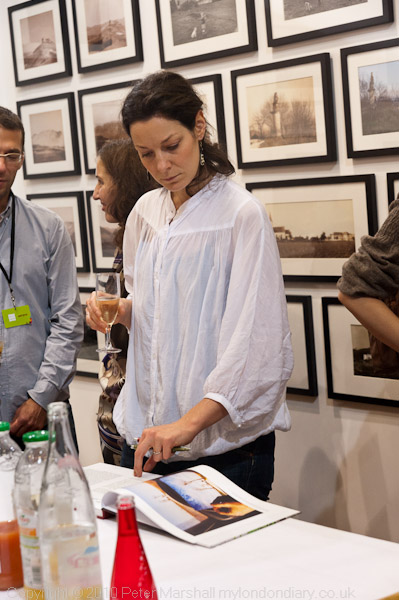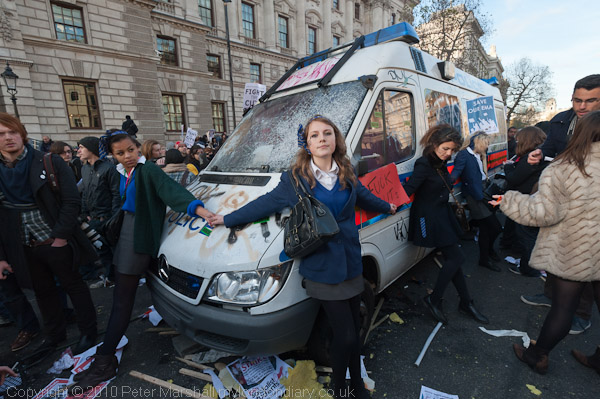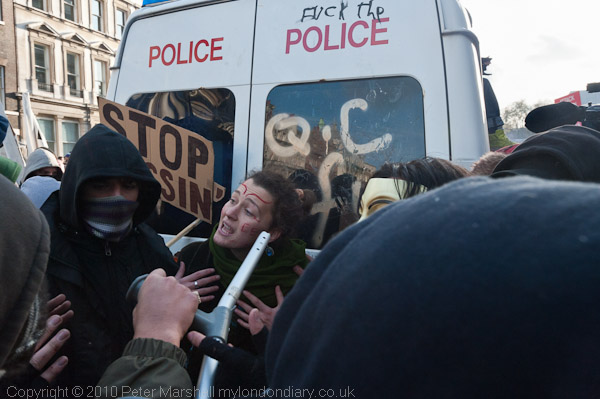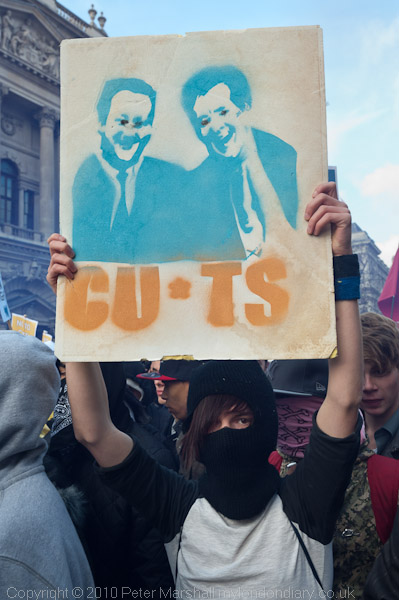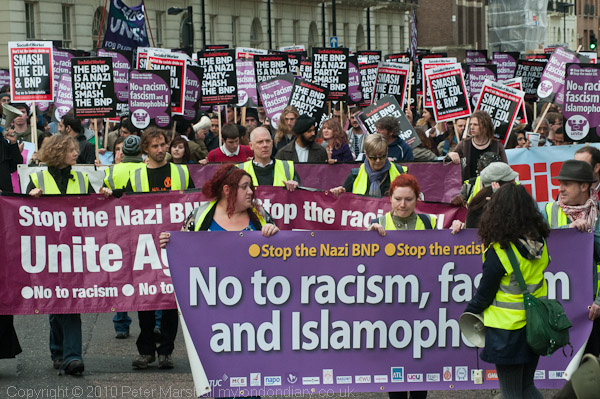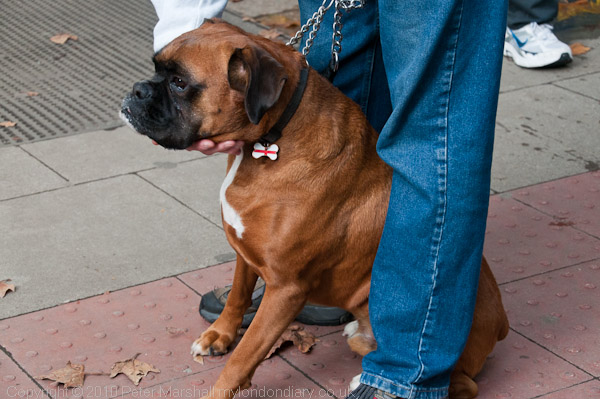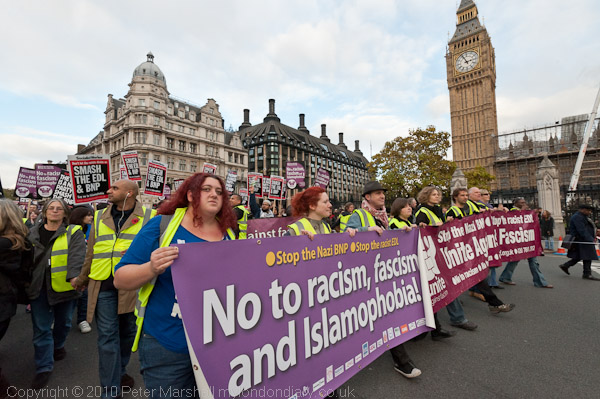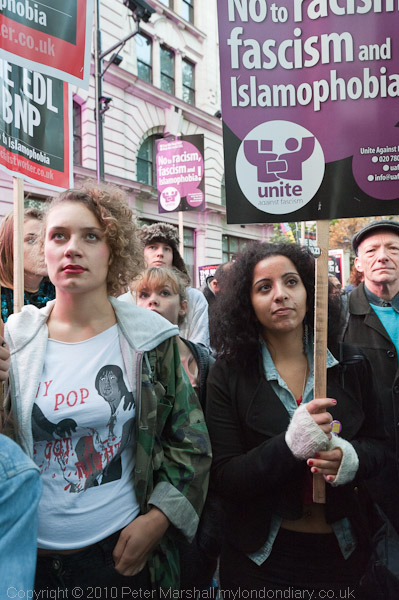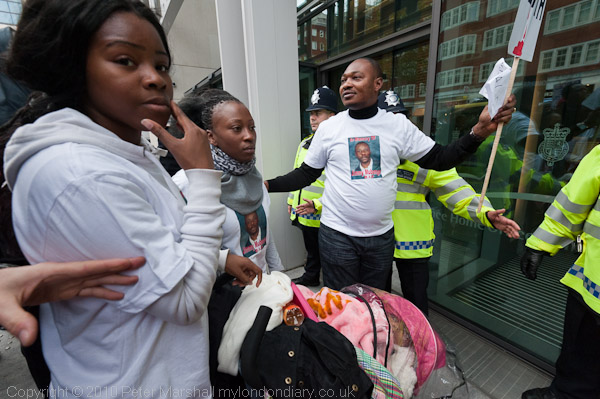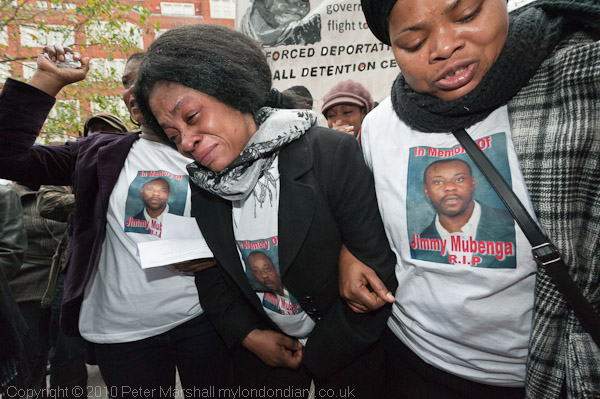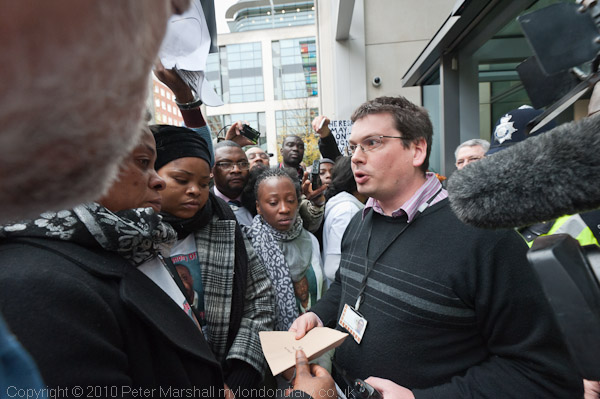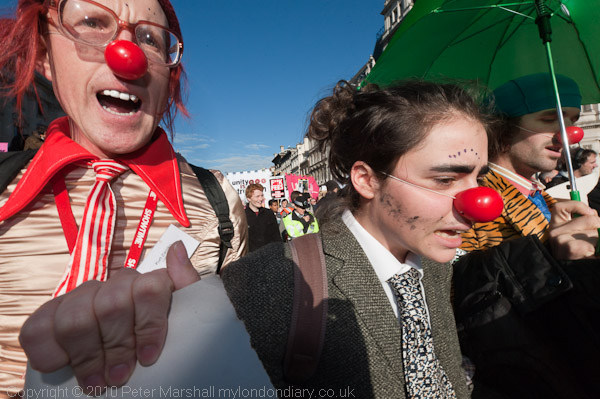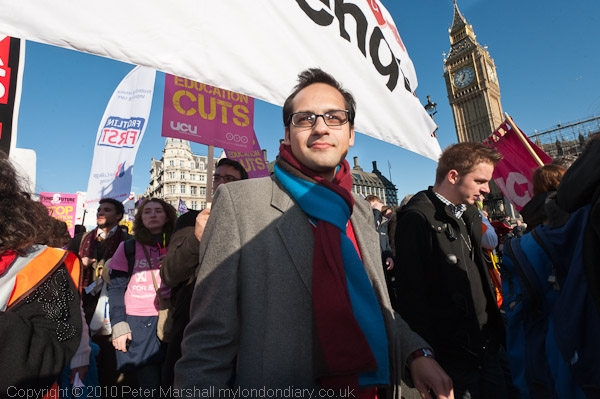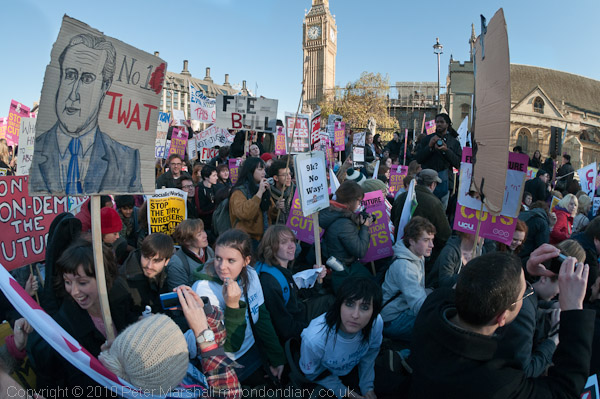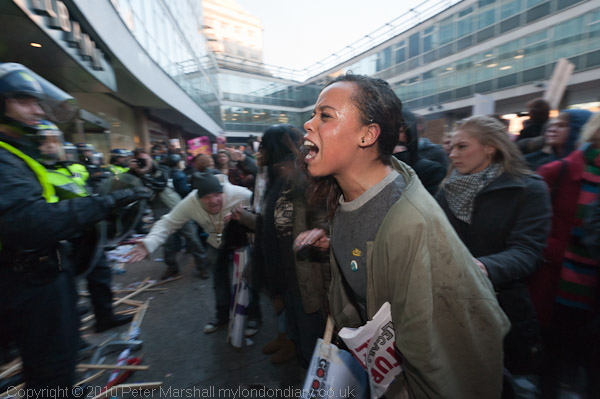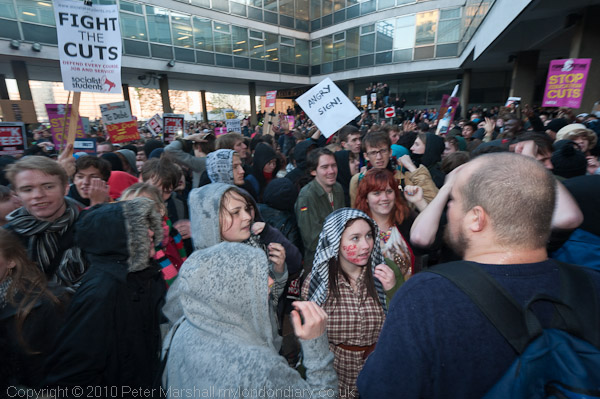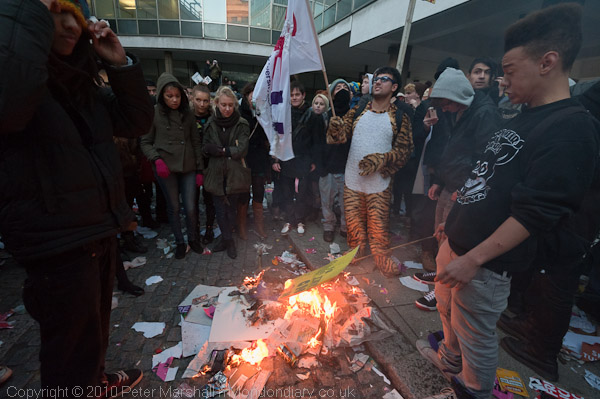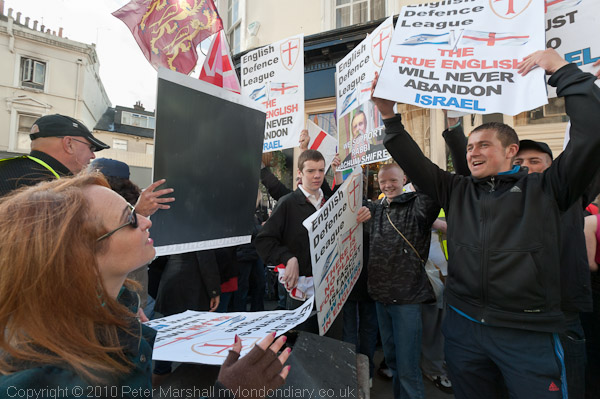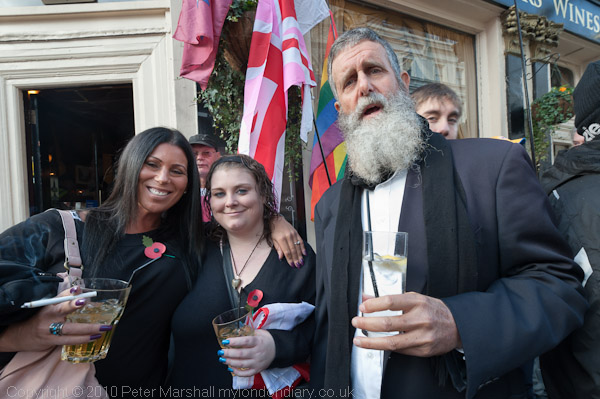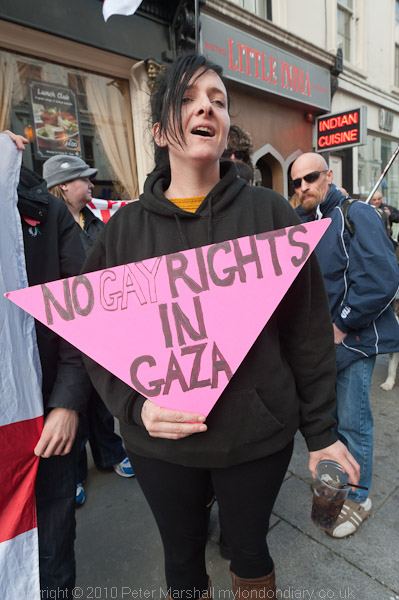The whole question about how we see and interpret events is an important one, and my own view of what I saw on Wednesday during the second day of student demonstrations against the proposed hike in tuition fees and education cuts differs considerably from that in several accounts that I’ve seen in left-wing media.
I’m sure that there will be some who were at the event who read this and disagree strongly with it. It represents my honest attempt to understand and report what was a rather confusing day, which I attended both as a journalist and as someone who strongly supports the opposition to education cuts and tuition fees. While I’m generally against violence I can only applaud the righteous anger that many show for the cause. Education in a civilised society should be freely available to those prepared to benefit from it and not dependent on how rich you are; educational resources should be directed at those who need them, and not available to enhance the privileged position of the children of the rich. I benefited from free education and student grants and taught in the state system for over 30 years and I’d happily vote for the abolition of private education.
I went to the event having read that the NUS and other leaders had agreed a timetable with the police as follows:
12pm Trafalgar Square
1pm March down Whitehall
2pm Parliament Square.
On the day, it didn’t happen like that, and the numbers present were considerably less than the organisers had predicted or the police had planned for – perhaps around 4-5000 in total over the day. When I arrived just before noon, there were only around a thousand in Trafalgar Square, though of course people were still coming in.
At around 12.05, a group of people who were on the plinth at Trafalgar Square started calling for everyone to go down to protest at Downing St and Parliament, and a a couple of minutes later a crowd of a few hundred was running down Whitehall.
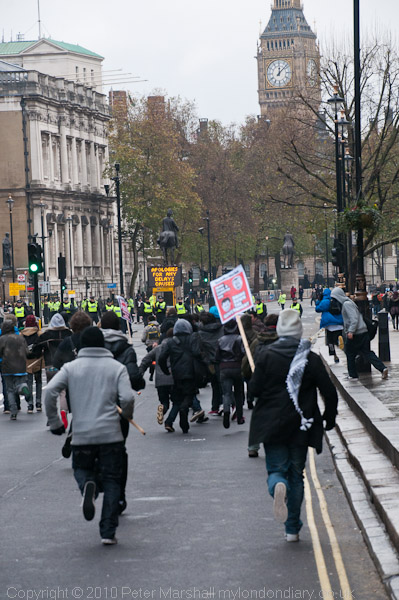
A handful of police had tried to stop them at the top of Whitehall, but soon agave up as there were too few of them to prevent it. As protesters ran down the road, police lower down Whitehall moved across it, and by the time the front runners reached there formed a line stretched right across the road.
What I’d photographed could hardly be described as a march, and it seems hardly surprising that the police decided to stop what looked more like a mob than anything else (and mobs have their place, but this seemed to me both premature and ineffectual.) Nothing in the police action suggested to me that they were attempting to kettle demonstrators, merely to stop them.
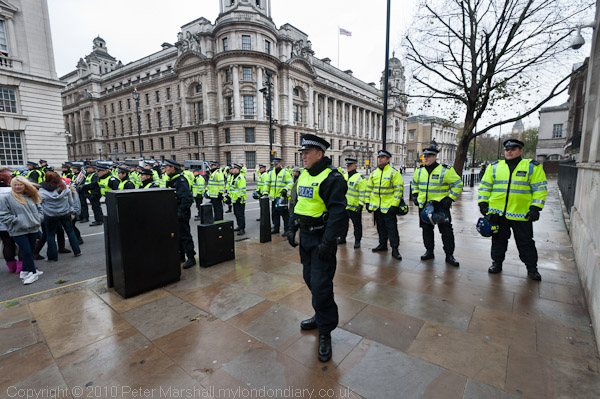
The vans parked in the side street and a clear Whitehall were what would have been expected if the police were getting ready to facilitate a large organised march down the street – as I had read that they had agreed.
I made my way with the protesters back up to the top of Whitehall, and there were no police attempts to stop us coming back out of Whitehall, or as we made our way through Admiralty Arch – a relatively easy place for police to have controlled movement – onto the Mall. Again, there were none of the signs that would indicate an attempted kettle. Almost all the police were still in Whitehall – or sitting in vans in the side streets, and it took some time for them to come through Horseguards and run rather comically across towards the marchers going down towards Birdcage Walk.
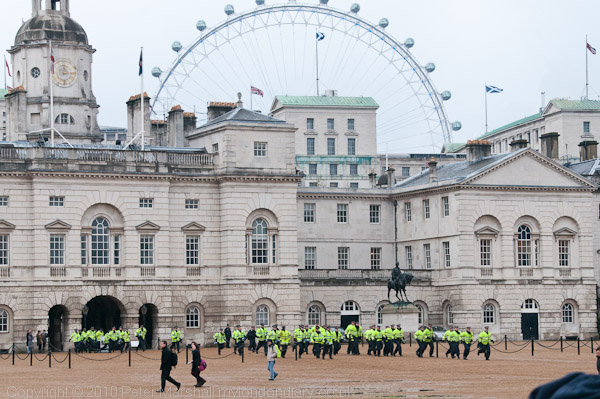
A few minutes later the marchers arrived at Parliament Square having gone via Storey’s Gate and Broad Sanctuary. There again it looked to me as if the police had made preparations for a march – with the roadway in front of Parliament surrounded by barriers. A march down Whitehall would have ended where the police were now standing. Of course marchers don’t like to be behind barriers, and don’t need to be, though police usually like to pen them in so that they can more easily be controlled.
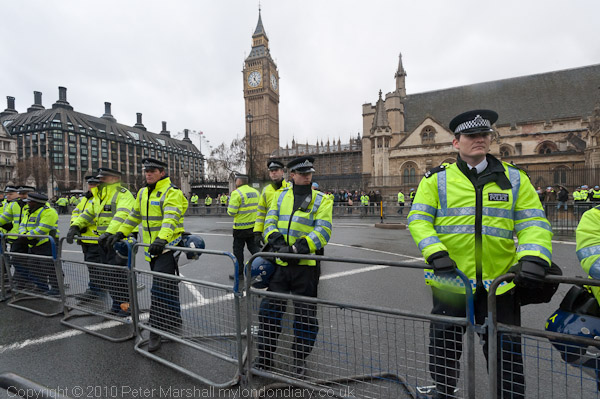
I was surprised when the demonstrators turned round at this point, as they had reached Parliament Square, where they said they wanted to protest. Clearly many of them thought that the police intended to kettle them here. Of course any static demonstration in this area is sure to attract a large police presence, but surely it only becomes a kettle when the police prevent people from leaving the area in an orderly fashion. A pen is not necessarily a kettle.
When the demonstrators turned round and attempted to leave by Broad Sanctuary, police did form a line across the street and try to stop them. It could possibly have been an attempt to set up a kettle, but if so it lacked credibility, as it was obvious that the thin line of police would be ineffectual with a largish crowd on both sides of them, many of the protesters not yet having reached Parliament Square.
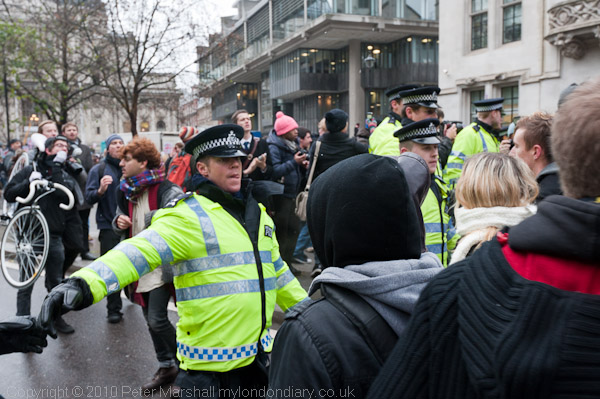
There simply were not enough police at that point to do the job. Some people walked through the gate into the Abbey grounds before this was blocked, others climbed over the fence and I heard later that at least one person had been assaulted by police at this point.
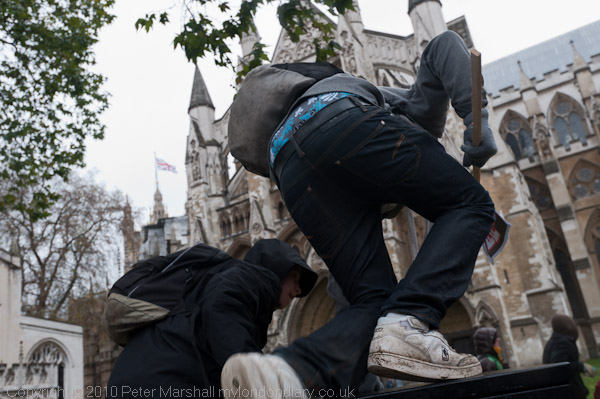
Most of those present – including myself, simply found a gap in the police line and walked through, and after a few seconds the police gave up trying to stop people. It was the start of a long and confusing walk around the capital.
Most of the time the police simply walked along by the side of the marchers – with the occasional incident – one of which is shown in the first of these two posts. At some junctions police blocked off one street and the marchers simply went down another. There were many places where it would have been relatively easy for the police to try to detain or kettle the march but I saw no real attempt to do so. In another minor incident in Holborn where police stopped some marchers who tried to go down a one-way street against the traffic.
By the time we had reached St Paul’s Cathedral well over half of the students had given up and left the march, many making their own way back to Trafalgar Square. As we passed the Stock Exchange it was hard to find a policeman in sight.
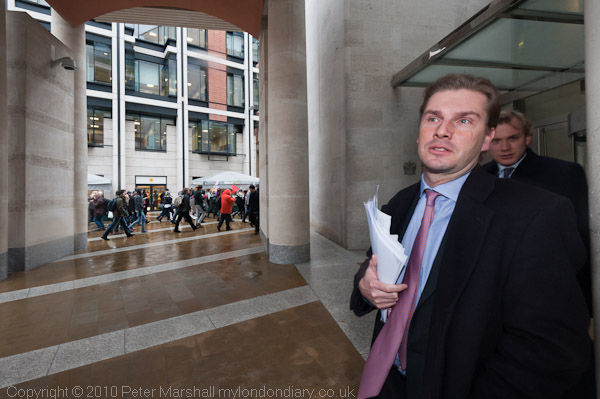
Certainly most of the police had also disappeared by the time the march turned up King Edward Street, perhaps because we were now outside the Met area. There certainly seemed no reason to go up Bartholomew Close and then to make a totally pointless detour to the right – many of us chose to take a short cut onto Long Lane and wait for them, and it seemed as if the march was trying hard to kettle itself. At that point there were I think less than a dozen of the Met still following the march, with the City of London police – whose area we were in- almost completely ignoring it, though shortly after I left it to catch a bus back towards Trafalgar Square I saw three of their vans moving in its direction lights flashing.
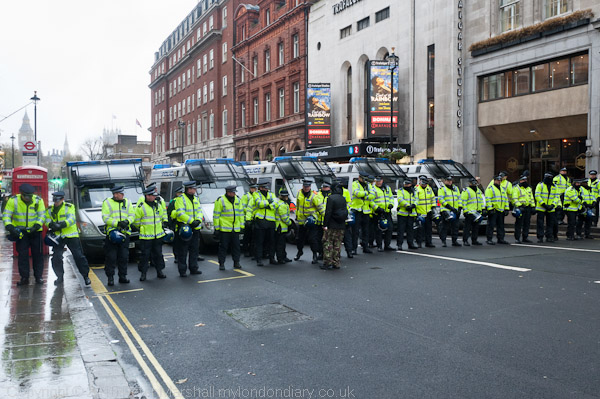
By the time I finally gave up on the march at Holborn Viaduct after around 8 miles of wandering (they did another 2 miles or so to arrive back at Trafalgar Square a little after me), it had shrunk considerably, with perhaps 500 people left from the original few thousand who had left Parliament Square.
Police were diverting all traffic away from Trafalgar Square, and I had to get off and walk the last half mile or so. At Trafalgar Square there were several hundred police forming lines across all of the roads, now forming a far more impressive barrier with their vans, but they were letting people move in and out freely when I came up Whitehall.
Around 3.15pm, one of the organisers of the event addressed the crowd now in Trafalgar Square, telling them that despite the heavy police presence we could see, the police had confirmed that people were free to leave in small groups along the road towards Charing Cross, the nearest tube station. He also said that although the organised demonstration had finished people were free to stay on and demonstrate if they wished. Clearly quite a few did, although others decided to leave.
Around 3.30pm a small group of policemen came onto the square, where they were surrounded by some of the demonstrators and road cones and other light objects were thrown at them. The police retreated toward their line across Cockspur St and were followed by a crowd of demonstrators, some of whom tried to push their way through the police, while others tried to prevent any disorder, some joining hands in a line in front of the police. People brought up banners and placards to stand a yard of two in front of the police in an often noisy stand-off.
Minor incidents continued sporadically here for around fifteen minutes and then things seemed to quieten down as the snow came down harder. Shortly before 4pm I decided it was time to go home, and together with a steady stream of protesters I walked through the police line and left the area and caught a train from Charing Cross (apparently the only train still running .) Police were making no attempt to check or stop anyone leaving at that point.
I drafted the outlines of my report on my way home and wrote it while while my images were transferring to my computer. You can read it on Demotix under the title Police Close Down London As Students March – and in a few days time I’ll also put it on My London Diary, with more pictures.
My account of the day differs considerably from some others that I have read on-line. There were things that happened after I had left – when police later did close in an make a great many arrest for public order offences, which should be given a mention in my final piece.
So what of the photograph as evidence? Essentially both what I write and what I photograph depend on what I see. The pictures that I took back up my account of the day as I saw it. I saw little if any real evidence that the police were making continuous attempts to kettle protesters – and certainly found nothing I could photograph to show this. But it was a perspective that seems to have driven the 10 mile march around London and some of the accounts I read elsewhere.
There seems to me to be something in the actual act of recording events (or at least doing so lucidly) with a camera that means I have to question all the time what is going on, why is this happening, and of course, how can I show this in an image. It’s a mental focus that drives out much sloppy or doctrinaire thinking.
Clearly there are some things photographs can show, and other things that need the support of a reliable eye-witness. Still photography is perhaps better at showing the detail (and sometimes at directing us towards it and towards a particular interpretation) while video can us a more or less seamless view of how something develops.
But both still and moving pictures can provide limits to the plausible interpretation of situations. Certainly I could not have written some of the things that I’ve read in some other accounts of the day.








